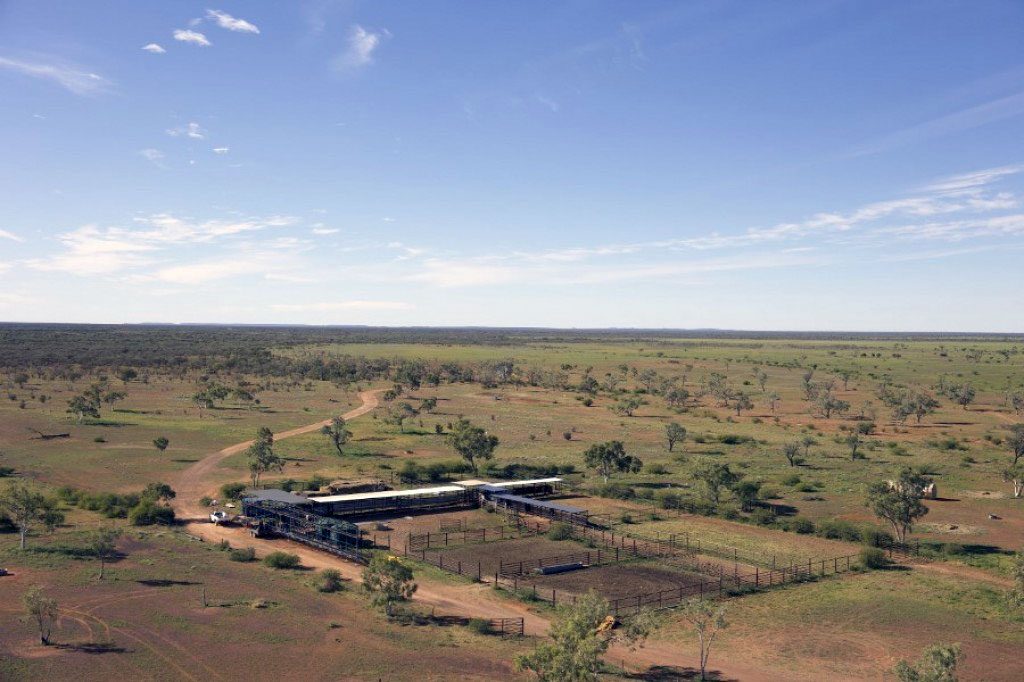This article is from the Australian Property Journal archive
THE Queensland state government has bought two central western grazing properties spanning more than 210,000 hectares combined, hoping to protect ecosystems and biodiversity that are under-represented in its existing protected area estate.
Both acquisitions, of the 138,200-hectare Tonkoro Station and the 73,048-hectare Melrose Station, were made from fourth-generation beef producer Peter Magoffin, bringing to an end a century of family ownership.
There will be a two-year transitional arrangement for both properties that will allow Magoffin to meet existing cattle supply contracts, destock and transfer business interests and assets.
The government’s purchase was largely funded by an allocation in the 2023/24 budget that included $30.6 million for land acquisitions to expand its network of protected areas. Tonkoro and Melrose were offered up for sale in 2022 – marketed as safe, low-cost, large-scale breeding and backgrounding country with potential for a substantial carbon project – with expectations of making around $36 million to $37 million, including nearly 12,000 hectares of freehold country.
Tonkoro Station is located 245 kilometres south of Winton and 240 kilometres south west of Longreach, while Melrose Station is 90 kilometres south east of Winton and 140 kilometres north west of Longreach.
The state government acquired 65,000 hectares of Melrose. Magoffin retained a portion of the freehold that has a house.
The Queensland government said the acquisition of Tonkoro will create a total protected area of more than 1.2 million hectares, connecting the protected area corridor from Diamantina National Park, Mt Windsor Nature Refuge, Pullen Pullen Special Wildlife Reserve and Goneaway National Park.
Melrose Station adjoins the 84,900-hectare Bladensburg National Park and take the protected area to beyond 150,000 hectares.
The purchase will help protect headwaters of the Lake Eyre Basin, one of the last remaining free-flowing arid river systems in the world. It will also extend the protected habitat for rare and endangered species including the Night Parrot and Opalton Grasswren.




